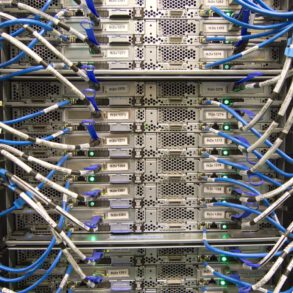Abstract: Coexistence, and hence interference mitigation, across multiple wireless body area networks (WBANs) is an important problem as WBANs become more pervasive. Here, two-hop relay-assisted cooperative communications using opportunistic relaying (OR) is proposed for enhancement of coexistence for WBANs. Suitable time division multiple access (TDMA) schemes are employed for both intra-WBAN and inter-WBANs access protocols. To emulate actual conditions of WBAN use, extensive on-body and inter-body “everyday” channel measurements are employed. In addition, a realistic inter-WBAN channel model is simulated to investigate the effect of body shadowing and hub location on WBAN performance in enabling coexistence. When compared with single-link communications, it is found that opportunistic relaying can provide significant improvement, in terms of signal-to-interference+noise ratio (SINR), to outage probability and level crossing rate (LCR) into outages. However, average outage duration (AOD) is not affected. In addition a lognormal distribution shows a better fit to received SINR when the channel coherence time is small, and a Nakagami-m distribution is a more common fit when the channel is more stable. According to the estimated SINR distributions, theoretical outage probability, LCR and AOD are shown to match the empirical results well.
Source: arxiv.org

Image by Mediamodifier from Pixabay



